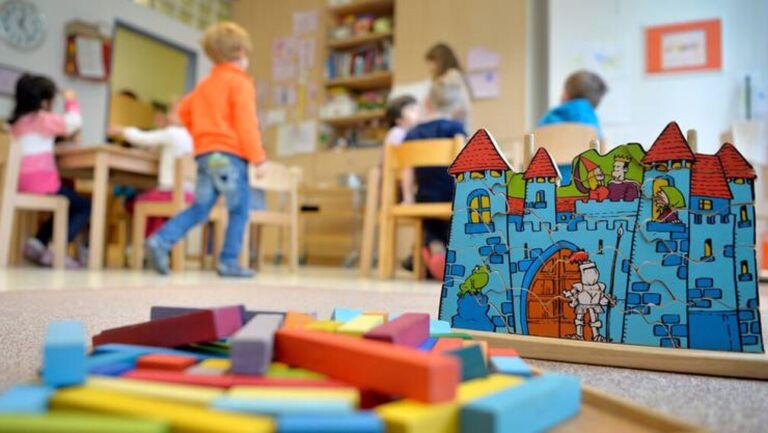Child emergencies - Every second counts
If the necessary knowledge is lacking in such a situation, the self-confidence to act accordingly is also lacking. Fears of doing something wrong and other insecurities inhibit the necessary commitment in this emergency situation.
As with adults, resuscitation for children includes cardiac massage and administering breaths. Performed in time, it can save the child's life in the event of respiratory and circulatory arrest!
Circulatory arrest is fortunately less common in children than in adults, but its causes are more varied. About 50% of paediatric cardiac arrests occur in children under one year of age. Most of these are caused by sudden infant death syndrome and respiratory disease. After the first 6 months of a young life, injuries and drowning are the main causes of cardiac arrest. The most common rhythm observed in children is asystolic or pulseless electrical activity. When paediatric cardiac arrest rhythms are reported, estimates of ventricular fibrillation range from up to 15%.
Experience with AEDs in children is very limited. In general, defibrillators are designed for use on adults and children aged 8 years or older or weighing 25 kg or more. However, many models can also defibrillate patients under 8 years of age or under 25 kg body weight by using special children's electrodes.
Defibrillators of the latest generation have a child mode (switch or button). In defibrillators with child mode (e.g. PAD fully automatic), the defibrillator delivers the appropriate amount of current on its own. With these devices, the user does not have to attach extra paediatric electrodes and thus does not waste time in an emergency.
In summary, although ventricular fibrillation is not a common arrhythmia in children, it is observed in up to 15% of paediatric and adolescent circulatory arrests. In these cases, early defibrillation is life-critical.
